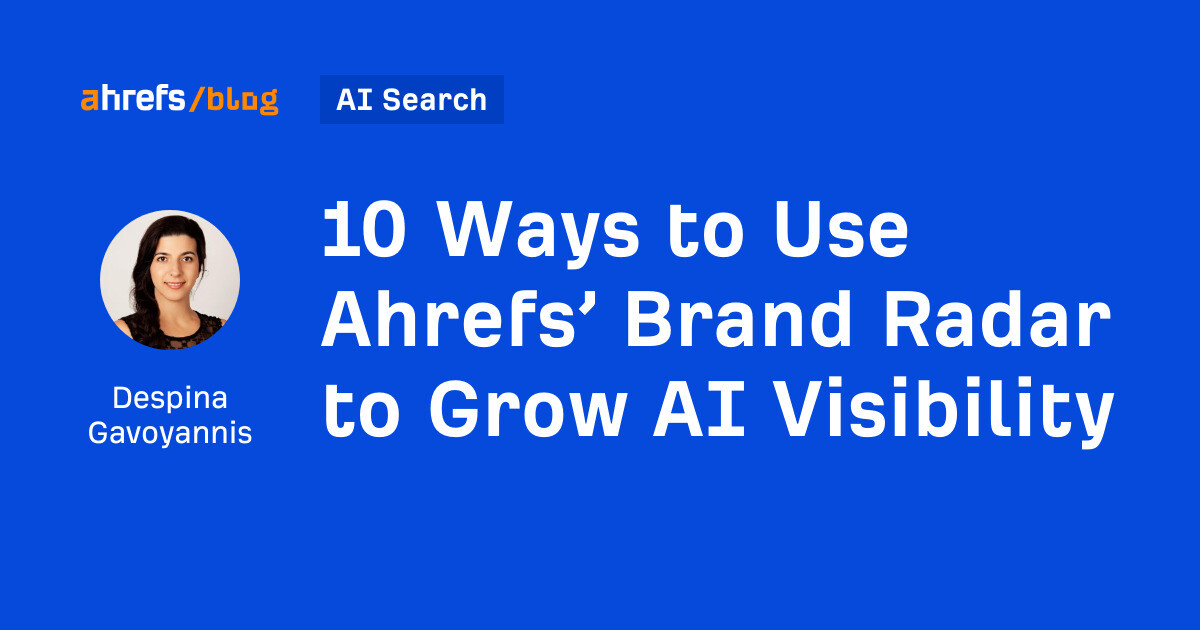Why Crocs hired Digitas to scale globally amid a tough economy
Crocs CMO Heidi Cooley says brand will rely on "proven playbook" of digital, influencer marketing, brand collabs, metaverse and more.

The Crocs brand has “really aggressive” ambitions for its future, according to the company's Chief Marketing Officer Heidi Cooley. Cooley is looking to the brand's new creative and media agency, Digitas, which won the account in late July, to help the brand scale globally.
“What stood out was [Digitas'] ability to quickly pair insights with creativity and a media strategy and package it all into one plan and then proactively came to us with strategies that were global in nature, which is something that Crocs is working towards,” Cooley said. “Part of our evolution in the future is really accelerating this brand not only in the U.S. but in markets outside of the U.S, especially China, Japan, and Korea.”
‘Macroeconomic headwinds’
Those goals were reiterated during a second-quarter earnings call during which Andrew Rees, CEO of parent company Crocs Inc., said he anticipates the Crocs brand to reach $5 billion in revenue by 2026. But reaching that goal won't come without changes and challenges.
Revenue for the overall footwear company rose 50.5% for its second quarter to $964.6 million, according to its earnings report released in June. The Crocs brand alone saw a record quarterly revenue of $732.2 million, an increase of 14.3% compared to the second quarter of last year. Revenue for HEYDUDE, the footwear brand that Crocs acquired in February, was $232.4 million for the quarter, up approximately 96% compared to 2021.
Although the Crocs and the HEYDUDE brand operate separately, Digitas will be “supporting” the HEYDUDE brand as well, Cooley confirmed.
Despite the strong growth numbers, Crocs adjusted its guidance for the full year, anticipating consolidated revenue of $3.39 billion to $3.51 billion; its prior outlook called for about $3.5 billion. The Crocs brand is also now expected to have revenue growth between 14% and 17%; it was previously expected to be over 20%.
The adjustment was a response to the uncertainty of “macroeconomic and external headwinds” such as inflation and rising interest rates that are “weakening consumer sentiment in the U.S.” Rees said on the call.
“In the light of the current environment, we are very focused on managing the business prudently in order to maintain high levels of profitability and strong cash flow,” Rees added.
Proven playbook
Part of taking on these new economic challenges for the brand includes “leaning on a proven playbook,” Cooley said.
“The fact that we're comfortable, the fact that we're accessible, the fact that we enable self-expression and we can bring this joy and optimism in a time of uncertainty like that will continue to guide how we come to the market in the future,” Cooley said. “And because we are intentionally close to the market and close to the consumer, we're able to capitalize on key moments in real time, that a lot of brands aren't able to do.”
Part of that playbook in recent years has included influencer and brand collaborations which Cooley says will remain a “critical component” of its marketing moving forward. Over the past couple of years, Crocs has partnered with music superstars such as Justin Bieber, Bad Bunny and Diplo. Crocs has also linked with luxury fashion brand Balenciaga for many years, launching its Crocs Pools sandal during the design house’s spring 2022 runway show.
Metaverse and digital channels
Cooley also said a “majority” of the brand’s ad investments go into digital channels.
“We believe that it really enables us to create more meaningful consumer communications,” Cooley said. “We [Crocs] actually do not have an awareness challenge. In countries all over the world, you can show [consumers] our iconic shoe and the consumer says 'Those are Crocs.' Our opportunity was relevance. So we believe the most effective way to create brand relevance is to do that through digital and social channels.”
Those digital channels include metaverse activations. Last year, Crocs launched a “Crocs World” in Minecraft and earlier this year Crocs launched an NFT collection.
“We believe that consumers will want to express themselves both in real life and in the metaverse and we will be a brand that's enabling that today and in the future,” Cooley said.
Expanding globally
Cooley said the brand has seen growth in Europe, the Middle East, Africa, and Korea, but one area where the awareness isn’t as strong as in other markets is China.
“China's actually a market where we have low brand recognition, so the business challenge, there is a little bit different than in other markets around the world,” Cooley said.
The challenge of having to build a “brand identity” in the area comes from the fact that there are a lot of “silhouettes,” or similar-looking products, being sold in China that aren’t the actual Crocs brand, according to Cooley, who said the marketing team can’t leverage the “equity of the IP” the way it can in other markets.
Caroline Winterton, president of Digitas New York, called the marketing challenge in China the first “litmus test” for the agency from a media standpoint.
“It’s [about] finding who are the influencers that we want to work with, understanding the right media placements, and the way to start becoming as culturally relevant as possible.”
Big ideas
The Crocs account will be handled mostly out of Digitas’s New York and Boston offices. But for the pitch process, Digitas built a team of “Crocs lovers” across the agency which included global team members and San Francisco employees as well.
Moving forward, Digitas will also work “in partnership” with Crocs’ in-house agency, which has under 100 employees.
“We believe big ideas can come from anywhere,” Cooley said. “I’m sure Digitas will bring some incredible new ideas and innovations to Crocs, things we've never thought about, but I would say innovation is a core value to the Crocs brand and definitely to the Crocs marketing team. So we will fund innovation wherever it comes from, as long as it's authentically engaging a consumer.”
The overall pitch process of finding the right agency wasn’t easy, said Cooley, who narrowed down the choices from seven agencies she declined to name down to three at one point. While all the agencies involved showed up “remarkably well,” Cooley says Digitas “exemplified” Crocs’ needs the best and had the “strongest connection” with the Crocs team globally.
“They clearly did a lot of work onboarding their teams to the Crocs brand,” Cooley said. “Their local teams—we talked to agencies in cities around the world—they knew who Crocs was and they had already done the work to help us understand where there was opportunity. That’s a lot of lifting as part of an RFP process. A lot of agencies would be like ‘We'll do that when you pay us to do that and Digitas did that work upfront. I think that level of intention and effort really felt like they were going to be in it with us for the long haul.”
“We were always just trying to stay one step ahead in terms of any question that we heard in the meetings, we responded back within like 48 hours with the next step,” Winterton added. “‘Here's what we could do.’ So the team, because of the passion and ambition, wanted to show that this is the way we work and we're going to be as invested in the brand as your team.”

 KickT
KickT 
































.jpg&h=630&w=1200&q=100&v=f776164e2b&c=1)